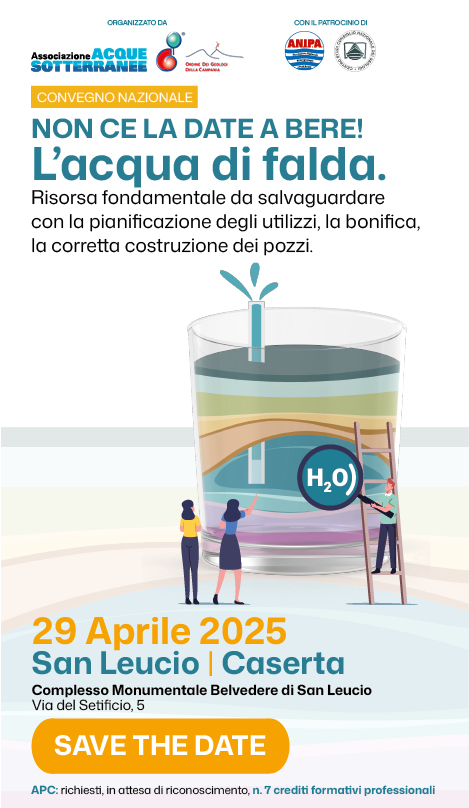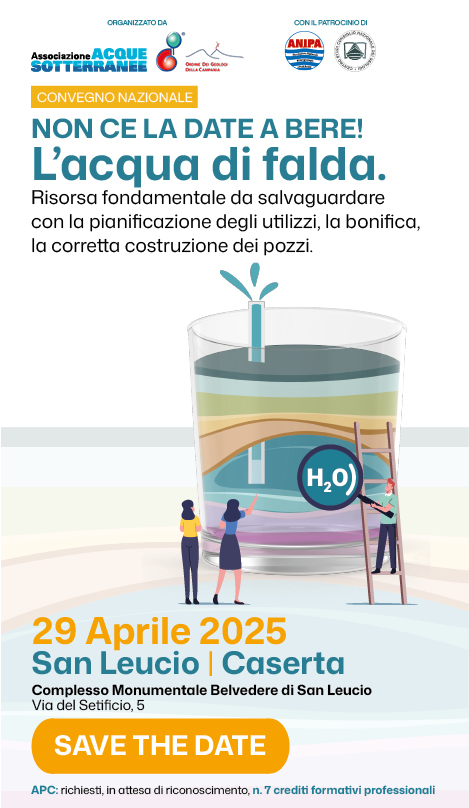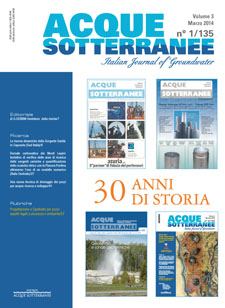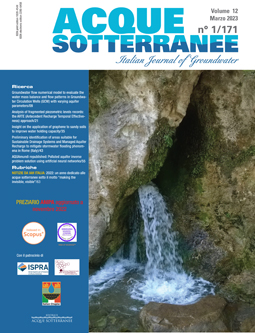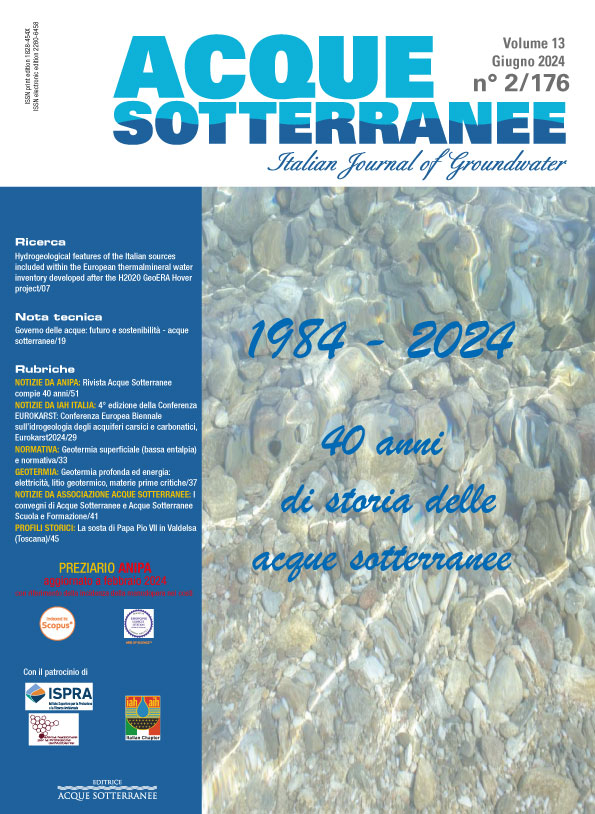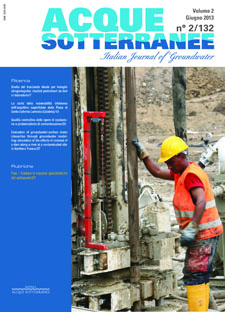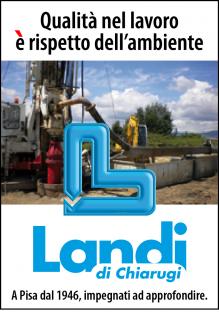Influence of hydrogeological setting on the arsenic occurrence in groundwater of the volcanic areas of central and southern Italy (Am04035)
In this study, the relations between the arsenic concentrations in groundwater and the hydrogeological features of some important volcanic areas of central and southern Italy were analyzed. The groundwater resources of these areas are widely used for the local drinking supply by approximately 2 million inhabitants, and they sustain the related economic activities. Based on a review of the published data and new determinations, the As content in the groundwater is presented along with the hydrostratigraphy and structural setting of the different systems and the hydraulic characteristics of the volcanites. The results show that the As content in the groundwater of the volcanic areas of central and southern Italy varies both within the single aquifer system and among the different aquifer systems, often exceeding the maximum admissible concentration of 10 µg/L. In addition to the well-known relations among the contents of geogenic contaminant in groundwater and volcanic rock composition, water chemistry and hydrothermal activity, the results show that where the flow is relatively fast in a basal aquifer less influenced by uprising of deep fluids, relatively low As concentrations are found. Where the groundwater circulation is more fractioned, the aquifers are hydraulically heterogeneous and the vertical discontinuities permit interactions between the basal aquifer and deep fluids, As concentration in the groundwater has a wider range, frequently exceeding the value of 50 µg/L. In this hydrogeological environment, when tapping the groundwater resources for drinking water, it must be considered that the more vulnerable zones are related to the nature of the substratum of the volcanites, volcano-tectonic structures and hydrothermal areas and to the local response of the aquifer to pumping.

